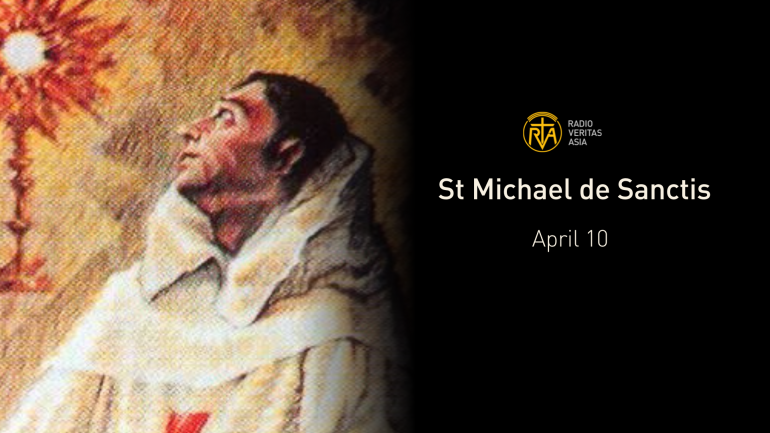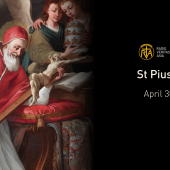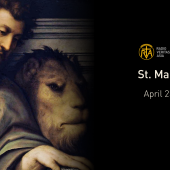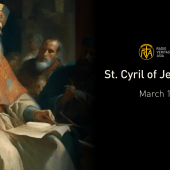St Michael de Sanctis

He is also known as Michael of the Saints, and cancer patients celebrate his feast day on April 10.
Michael de Sanctis was born Michael Argemir in Vic, a city in Catalonia, Spain, around 1591. At the young age of around 6, he told his parents he wanted to be a monk. St. Francis of Assisi was also an inspiration.
Following the death of his parents, he reportedly worked as an apprentice for a merchant.
When he turned 12 years old, living an exemplary life of fervor and devotion, he went to Barcelona because he wanted to enter the monastery of the Trinitarians there.
After being a novice for three years, he professed his vows at St. Lambert’s monastery in Zaragoza in 1607.
He then met the reformed group of Discalced Trinitarians one day and was attracted to its more austere lifestyle so after discernment and deliberations, he asked permission from his superior, who gave it to him.
As a result, he entered the congregation in Madrid as a novice.
After studying in Seville and Salamanca, he took his vows at Alcalá and became a priest. He twice served as superior at the Valladolid monastery. That was also where he later died.
Michael de Sanctis lived a life of prayer and mortification. His devotion to the Holy Eucharist led to numerous ecstasies during consecration.
As a result, his relatives considered him to be a saint. He died at age 35. On April 10, 1625, people credited him with many miracles.
On May 24, 1779, Pope Pius VI beatified him. Pope Pius IX canonized him on June 8, 1862.
In the Roman Martyrology, he is described as "remarkable for innocence of life, wonderful penitence, and love for God.
Young people seeking direction in a seemingly uncaring world, as well as those of all ages, have praised him for his devotion to prayer.
In his honor, the municipality of Saint-Michel-des-Saints, Quebec, Canada, is named.
Radio Veritas Asia (RVA), a media platform of the Catholic Church, aims to share Christ. RVA started in 1969 as a continental Catholic radio station to serve Asian countries in their respective local language, thus earning the tag “the Voice of Asian Christianity.” Responding to the emerging context, RVA embraced media platforms to connect with the global Asian audience via its 21 language websites and various social media platforms.











